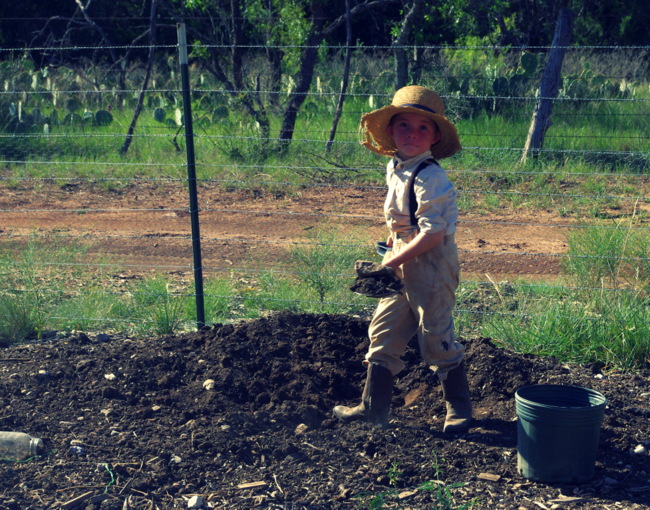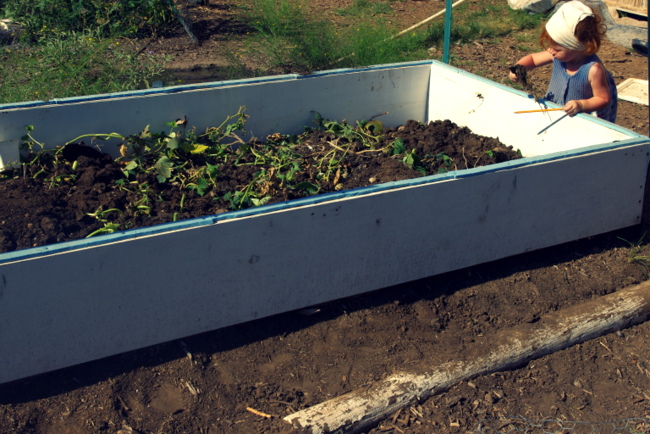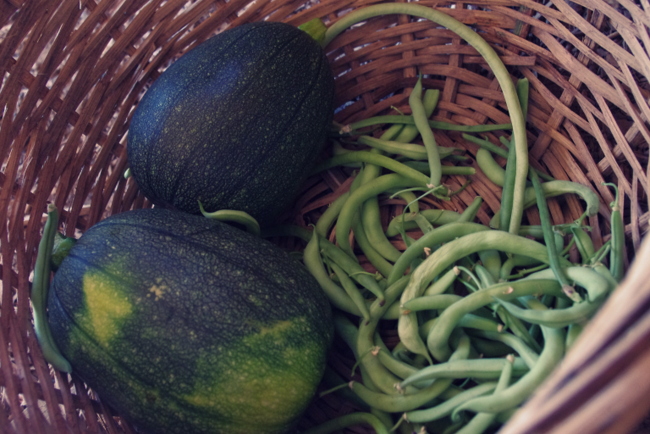Gardening When It Counts: a review
Note: This week only you can get 200 gluten and grain-free recipes in five eBooks for only $7.40.
Gardening when it counts, when your life depends on it, when that is how you feed your family, when you can save money or need far less money in the kitchen – I’ve been thinking a lot about that lately.
What it takes to feed a family of five (almost six, now) goes beyond the basic kitchen garden and is more than we’re producing by a long shot. So, when I see a book written by a long-time gardener who has eaten from their own plot for some time, I pay attention.
Fortunately, I’ve had access to a couple of these books recently so I’m happy to share how they are changing the way we garden with you all, in the hopes that it can help you too. The partnering of these two recent books might just be changing the way we approach gardening.
Recently I noticed the author of Gardening When It Counts, Steve Solomon, wrote another book titled Gardening Without Irrigation, or Without Much, Anyway. That was the final shove I needed to ask our generous neighbor if I might borrow his copy.
Once I cracked it I found so many fundamental and completely crucial concepts to gardening that I’d never read in the oh-so-many other gardening books that I’ve flipped through. This book is all about practical, real advice for those who just need to grow some serious vegetables in less than ideal conditions. Concepts like fertigation, understanding root depths, and comparing heavy feeders versus light feeders have come in handy already for us in the summer garden.
But the one principle he puts forward that really stuck out to me was plant spacing and how it needs to be heavily reliant on the health of your soil and the amount of rain you generally receive. The multiple-page chart on this concept alone might be worth the cost of Gardening When It Counts, as we’ll be referencing it over and over.
Within the book this chart is lined up with four columns – from the most optimal, well-hydrated soil to our not-enough-organic-matter-still-recovering-from-a-drought soil. The horizontal rows then give you an idea of plant spacing – the best soil can be more closely planted and the poorer soil needs more spacing. It’s obvious, but little spoken of in the common intensive-planting gardening books.
I had actually read this book years ago when we were gardening on-grid in Michigan, where it was more fun than necessity. The soil there was at the opposite end of the chart from our current soil, which I’m learning changes a whole slew of things.
Perhaps that is the most important undertone in Gardening When It Counts. Work with what you have. Don’t try to intensively plant in soil that isn’t made for that. Plant what grows well in your area. Understand more about the plants and their needs.
And that is why Gardening When It Counts is now one of my all time favorite gardening books.






Nice post. I anticipated that your article was going to be about getting out there to harvest. I tend to get excited in the spring and plant a bunch but fail to harvest due to the heat and simply being tired of the garden. But of course, if you miss the harvest, what’s the point? For me it’s about saving a few bucks and knowing where my food comes from – at least for a few meals here and there. I applaud your commitment to making this a lifestyle. It is so much healthier for you and your family.
I just ordered this book. Though our life situations couldn’t be more different, I am very interested in the information you share, and hope I can incorporate some of it into my daily living. And your website is lovely and inviting.
Thanks for sharing, I will have to check this book out. My goal had been to raise enough food this growing season to cover our basic needs (both with meat and produce). The difficult growing weather in MN this year has made that desire all but go to the wind. After a bumper crop last year our garden is producing, but not even close to enough to feed 6 people through all of winter until next growing season starts. Thankfully we will have enough meat that we are raising, although not without help from outside source by purchasing needed grain. I have struggled a great deal this summer with how to provide for our family off of the land the Lord has blessed us with. The great blessing behind the hardship though is truly to understand how much harder it is to raise enough food for a whole family in a very short growing season and be thankful that in the end I do still have help by being able to go to a co-op or other farmers. Honestly, how hard it had to have been when your only grocery store was your yard/land I am still working towards a self sufficient homestead, but having to take a different approach (still figuring that part out) on what to do when the already short growing season is even shorter because of so much cold weather and then too much rain and then not enough. It seems much of what I read about takes money and more money and more.
Shannon I always appreciate what you have to write. I hope your family finds success in what you are doing and I especially hope that the Lord is guiding you on your path and giving you the insight needed.